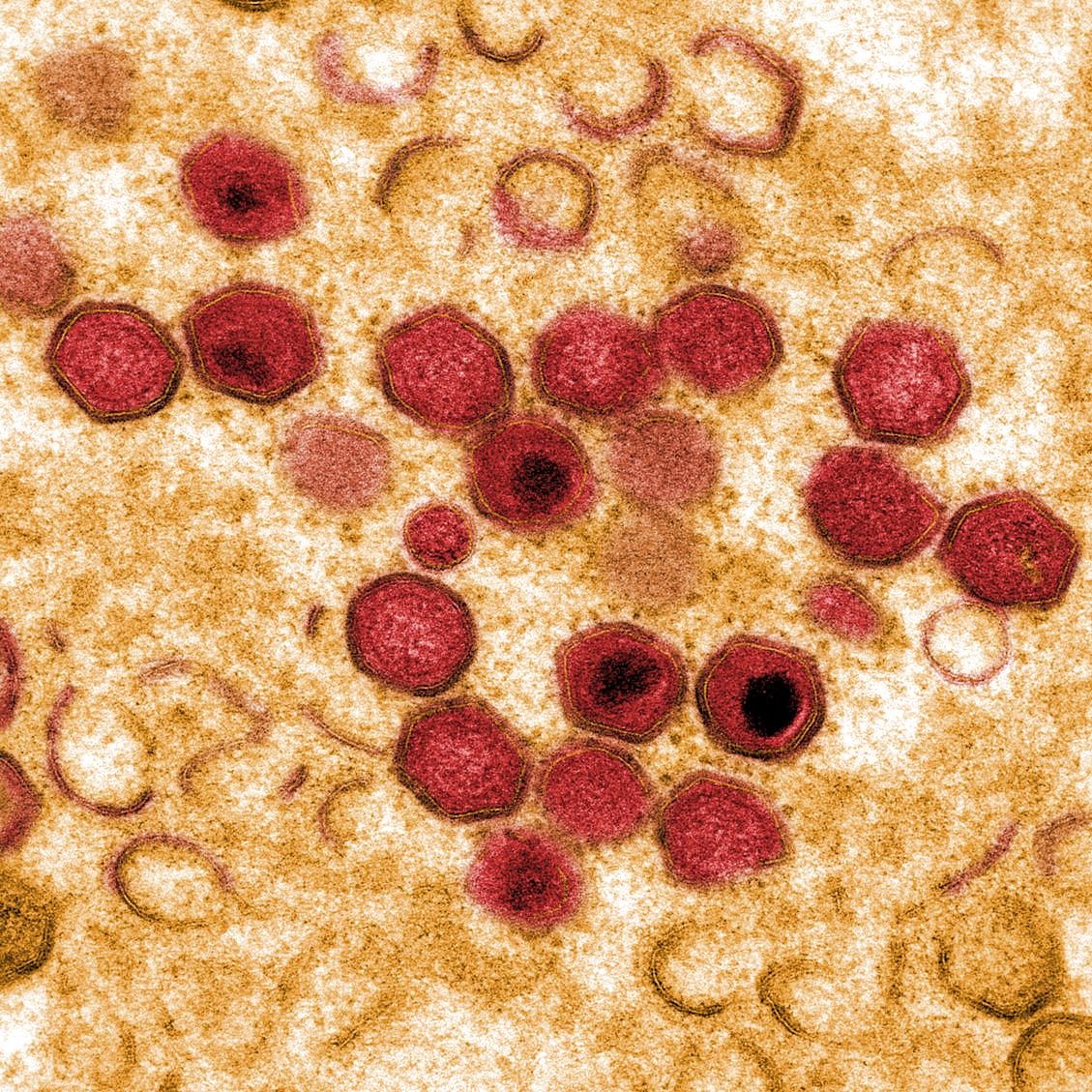Unpicking the secrets of African swine fever viral replication sites
African swine fever virus (ASFV) is a highly contagious pathogen which causes a lethal haemorrhagic fever in domestic pigs and wild boar. The large, double-stranded DNA virus replicates in perinuclear cytoplasmic replication sites known as viral factories. These factories are complex, multi-dimensional structures. Here we investigated the protein and membrane compartments of the factory using super-resolution and electron tomography. Click IT chemistry in combination with stimulated emission depletion (STED) microscopy revealed a reticular network of newly synthesized viral proteins, including the structural proteins p54 and p34, previously seen as a pleomorphic ribbon by confocal microscopy. Electron microscopy and tomography confirmed that this network is an accumulation of membrane assembly intermediates which take several forms. At early time points in the factory formation, these intermediates present as small, individual membrane fragments which appear to grow and link together, in a continuous progression towards new, icosahedral virions. It remains unknown how these membranes form and how they traffic to the factory during virus morphogenesis.

